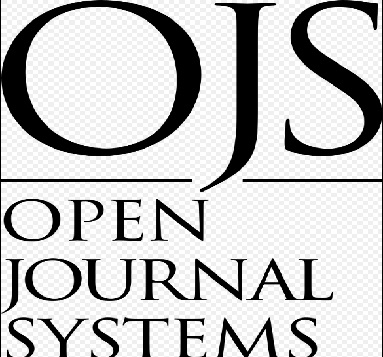The Driving Forces of Financial Integration: An Empirical Analysis of Foreign Portfolio Investment between Emerging and Developed Markets
DOI:
https://doi.org/10.63056/ACAD.004.03.0778Keywords:
Cross-border portfolio investment, Stock market integration, Capital market globalization, Financial liberalization, Panel cointegrationAbstract
This article examines the recent dynamics of cross-border portfolio investment with respect to stock market integration between emerging and developed economies from 2000 to 2024. With rising globalization, the global capital market has become more interconnected based on deregulation measures, development of technology and the desire of issuers to get a broader investor base. Based on the literature, there is evidence of large differences between developed and developing countries in regard to financial openness and institutional development, suggesting the importance of empirically examining how foreign portfolio investments affect market co-movements. The research uses an inclusive methodology between descriptive statistics, Pearsons’s correlation analysis, the fixed effects panel regression and the Johansen Cointegration Test, Vector Error Correction Model (VECM), and Granger causality analysis. The data are from the IMF’s Coordinated Portfolio Investment Survey (CPIS), as well as from Bloomberg and Reuters. The results suggest a significant increase in foreign portfolio investment in emerging markets in the past twenty years, along with stronger return correlations across major markets. Econometric findings support that foreign portfolio investment, trade openness and cross-listings contribute positively to market integration, whereas exchange rate volatility and capital controls act as important impediments. Additionally, a long-term cointegration relationship between investment flows and stock market co-movements is confirmed, thus supporting the principle hypotheses of the article. VECM results indicate significant short-run adjustments and mean reversion, and Granger causality analysis shows that FPI is a leading indicator of integration in most emerging markets. These results provide important policy messages to policymakers and investors about the implications of macroeconomic stability and good institutional quality for financial integration.
Downloads
Published
Issue
Section
License
Copyright (c) 2025 Muhammad Sohail, Khursheed Ahmad, Sami Ul Haq (Author)

This work is licensed under a Creative Commons Attribution 4.0 International License.















